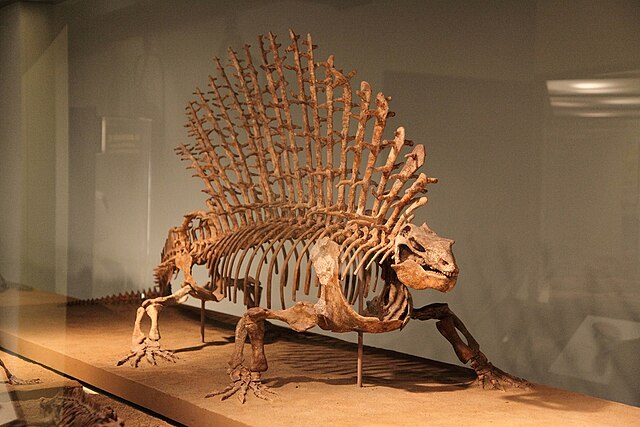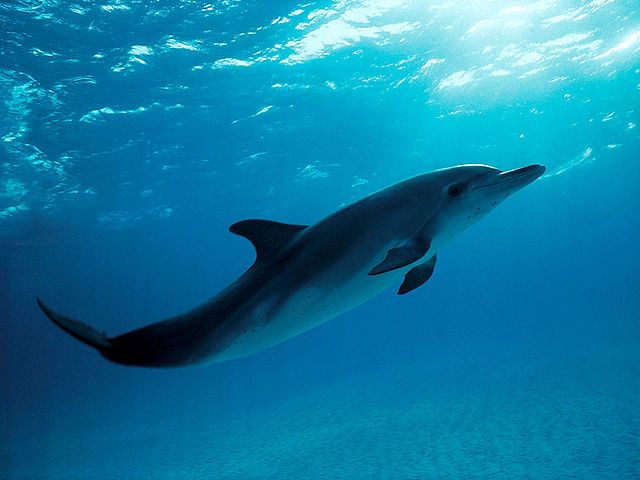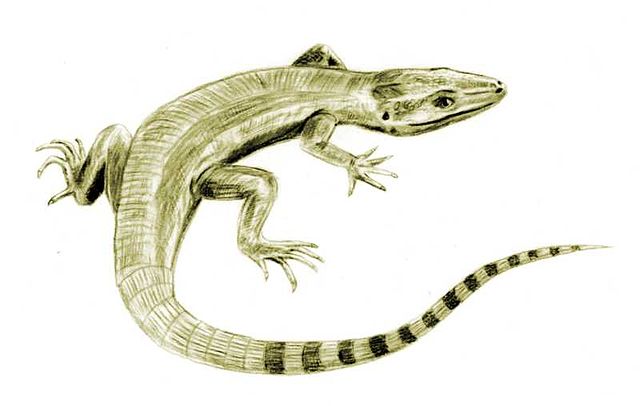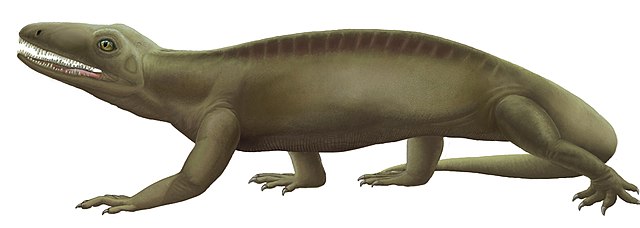Eupelycosauria is a large clade of animals characterized by the unique shape of their skull, encompassing all mammals and their closest extinct relatives. They first appeared 308 million years ago during the Early Pennsylvanian epoch, with the fossils of Echinerpeton and perhaps an even earlier genus, Protoclepsydrops, representing just one of the many stages in the evolution of mammals, in contrast to their earlier amniote ancestors.
Image: Edaphosaurus
Image: Dolphind
Archaeothyris belongs to the family Ophiacodontidae and appears in the Early Pennsylvanian
Echinerpeton is an extinct genus of synapsid, including the single species Echinerpeton intermedium from the Late Carboniferous of Nova Scotia, Canada. The name means 'spiny lizard' (Greek). Along with its contemporary Archaeothyris, Echinerpeton is the oldest known synapsid, having lived around 308 million years ago. It is known from six small, fragmentary fossils, which were found in an outcrop of the Morien Group near the town of Florence. The most complete specimen preserves articulated vertebrae with high neural spines, indicating that Echinerpeton was a sail-backed synapsid like the better known Dimetrodon, Sphenacodon, and Edaphosaurus. However, the relationship of Echinerpeton to these other forms is unclear, and its phylogenetic placement among basal synapsids remains uncertain.
Echinerpeton
Life restoration





